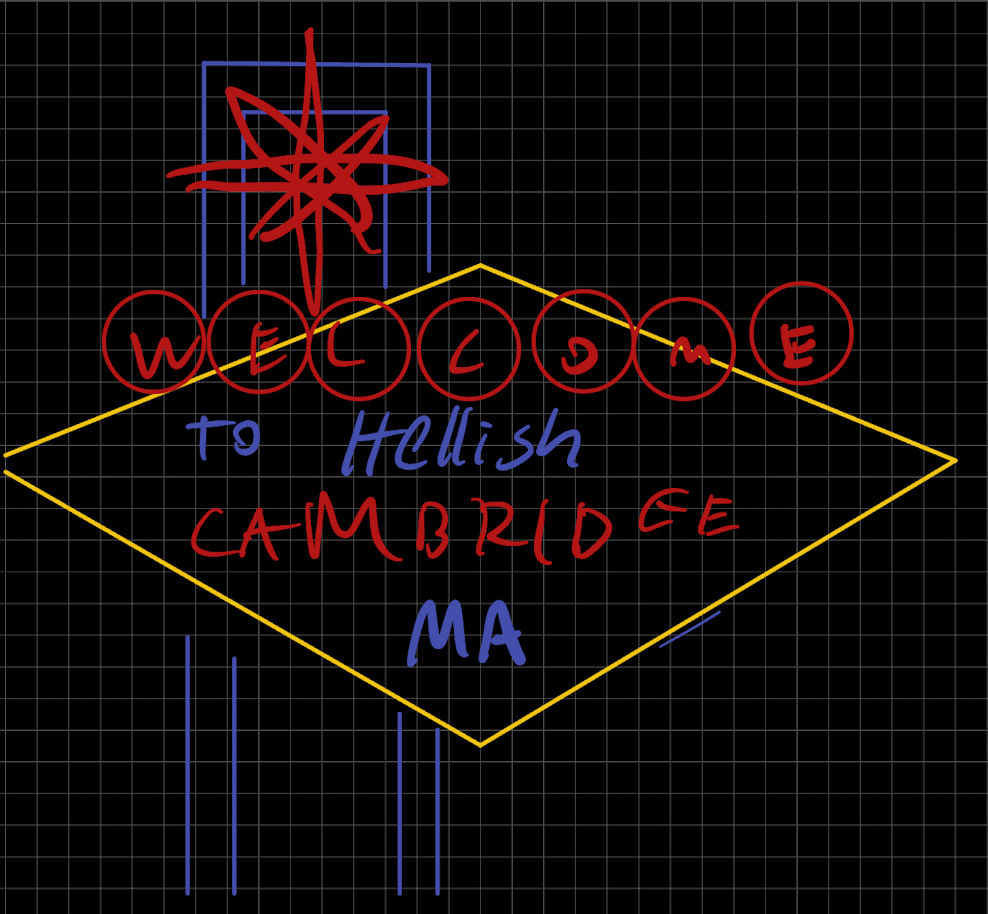Welcome to Hellish Cambridge PCB (Part 1)
made with electronics design
To Do
Group Assignment
- use the test equipment in your lab to observe the operation of a microcontroller circuit board
Individual Assignment
- use an EDA tool to design a development board to interact and communicate with an embedded microcontroller
- extra credit: try another design workflow
- extra credit: design a case for it
- extra credit: simulate its operation
Tools
- Software: mods, Kicad
- Machines: N/A
Materials
- N/A
Producing the Design
I tested for voltage, current, and resistance throughout the LED strip circuit of an earlier project. Testing voltage, current, and resistance is essential in electrical engineering. Voltage (V) is the energy difference between points, driving current (A) through a circuit. Resistance (Ω) opposes this flow. Multimeters help measure these parameters, crucial for designing, troubleshooting, and ensuring system safety and performance.
I came up with three ideas: a variety of cats (a cat / grumpy cat / my friend’s cat), my home state Nevada because it has a particular and easy shape, and my home city's iconic Welcome to Fabulous Las Vegas sign. Because I was drawn to the twinkly lights and aesthetic allure, I chose the sign.
Designing a PCB in KiCad is an exhilarating and essential part of my work as an electronics enthusiast. KiCad, an open-source EDA software, provides a user-friendly platform for realizing my circuit ideas. Starting with crafting the schematic, I carefully place and connect components, capturing the essence of my circuit design. Transitioning to the PCB layout stage, I meticulously arrange traces, vias, and pads, ensuring optimal routing for electrical connectivity while considering the design's aesthetics and functionality. KiCad's array of tools and features, like the interactive router and DRC checks, assist in refining the layout, helping me create a polished and well-organized PCB design. The feeling of seeing my design come to life, ready for fabrication and implementation, is incredibly satisfying and keeps me motivated to explore and innovate further in the realm of PCB design using KiCad.






